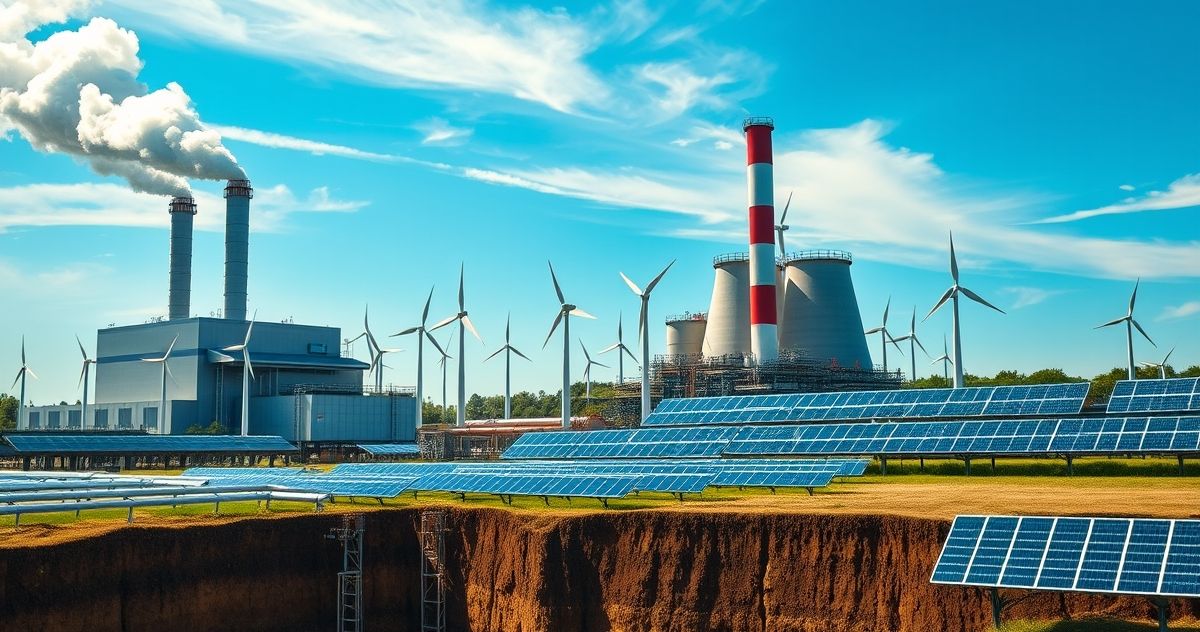Understanding the Carbon Capture Credit
The Carbon Capture Credit, often referred to as the Section 45Q tax credit, is a financial incentive offering taxpayers a means to reduce greenhouse gas emissions by capitalizing on carbon capture and storage (CCS) technologies. The primary purpose of this tax credit is to drive carbon reduction by encouraging businesses, especially those in high-emission sectors, to invest in CCS practices, thereby mitigating their environmental impact while receiving a valuable financial benefit.
What is the Carbon Capture Credit?
The Carbon Capture Credit was created under the Bipartisan Budget Act of 2018, which amended the Internal Revenue Code Section 45Q to provide a tax credit for captured and sequestered carbon dioxide (CO2) emissions. This credit applies to facilities that capture qualified carbon dioxide and use it in enhanced oil recovery (EOR) or store it underground to prevent its release into the atmosphere. The goal is to encourage the development and use of technologies that reduce carbon emissions, contributing to the broader aim of combating climate change.
Key Features and Components
- Eligibility: Any industrial or power facility capturing carbon before it is emitted into the atmosphere is potentially eligible. The facility must comply with the rules laid out by the IRS to qualify for the credit.
- Credit Amount: The credit amount varies depending on the use of the captured carbon. For example, higher credits are awarded for storage through sequestration compared to utilization for EOR or other respective purposes. As of recent updates, the credit rises annually until it reaches its cap.
- Duration: The credit can be claimed for 12 years from the date the carbon capture equipment is put into service, providing a long-term incentive for businesses investing in such technologies.
Filing and Compliance Requirements
The complexity of qualifying for the Carbon Capture Credit necessitates an understanding of various criteria and substantiation documentation. Filers must complete detailed IRS forms and ensure all capture, storage, and use metrics align with stipulated guidelines. Businesses must maintain accurate and consistent records to substantiate claims, paving the way for systematic reviews and audits by the IRS without discrepancies leading to a denied credit.
Moreover, businesses are required to report the total volume of CO2 captured and verify the sequestration or utilization method. Continuous compliance is vital to avoid potential disqualification from the program.
Penalties for Non-Compliance
The IRS requires strict adherence to guidelines for claiming the Carbon Capture Credit. Failure to comply with these can result in serious consequences, including monetary penalties and loss of credit eligibility. Businesses might face audits that could lead to taxing liabilities and interest due if credits are claimed improperly or without adequate substantiation.
Importance in Tax Resolution and Compliance
The Carbon Capture Credit plays a crucial role in promoting sustainable business practices while balancing environmental accountability with economic incentives. For companies in industrial sectors, this credit not only decreases tax liability but also supports compliance with regulatory mandates for greenhouse gas reductions. By leveraging this credit, businesses can align financial objectives with sustainability goals, thereby contributing to a larger ecological impact.
With increasing scrutiny on carbon emissions and intensifying pressure from both regulatory bodies and environmental organizations, the Carbon Capture Credit aligns fiscal policy with climate objectives. Companies harnessing this credit effectively demonstrate their commitment to sustainability, potentially enhancing their public identity along with financial savings.
Conclusion
The Carbon Capture Credit is more than a financial boost; it’s an opportunity for businesses to contribute to a sustainable future while navigating the evolving landscape of tax compliance and environmental responsibility. By utilizing this credit, organizations can help reduce the carbon footprint of modern industries, leading to a cleaner, more sustainable planet.

